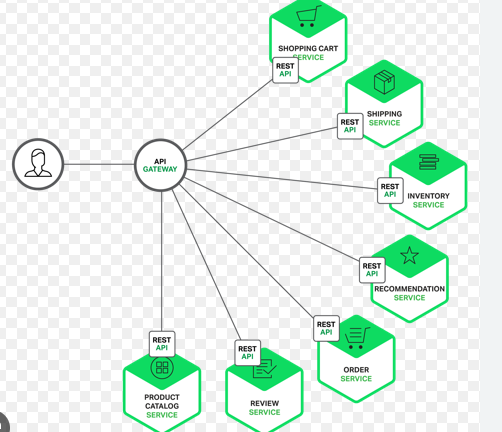Deployment Strategies
- RNREDDY

- Sep 10
- 2 min read

Kubernetes Deployment Strategies
No surprise that in complex production environments, selecting the right deployment strategy is often a significant challenge, especially when balancing uptime, rollback safety, and resource costs.
Here, I’ve created this illustration to simplify the already complex deployment strategies in Kubernetes.

Each strategy represents a unique way to handle application updates in Kubernetes.
1. Recreate
Completely shuts down the old version before deploying the new one.
This approach is straightforward and resource efficient since it only runs one version of the application at a time.
Caution: Causes downtime, so avoid using it for productio critical workloads.
2. Rolling Update
Gradually replaces old pods with new ones while keeping the application live, ensuring continuous availability.
This is ideal for stateless applications or services where zero downtime is critical, with the added benefit of built in rollback capabilities if issues arise.
Caution: Errors in the new version can propagate across all pods if not validated first.
3. Blue Green
Deploys the new version (green) alongside the current version (blue) and switches all traffic to the new version after validation.
This strategy is ideal for high stakes updates, as it allows seamless rollbacks while maintaining a stable fallback environment.
Caution: Requires double the resources temporarily, increasing operational costs.
4. Canary
Introduces the new version to a small subset of users first, gradually expanding its rollout based on successful performance.
This approach minimizes risk by limiting exposure to potential issues, making it a great fit for high risk updates or performance validations.
Caution: Requires strong monitoring and traffic control systems to succeed.
5. Shadow
Mirrors live user traffic to the new version without affecting the production environment, enabling validation of changes under real world conditions.
This strategy is excellent for testing new versions without impacting users, especially when verifying system performance or stability.
Caution: Not suitable for applications involving database changes or stateful workloads.
6. A/B Testing
Splits traffic between two versions to compare performance, user experience, or feature adoption in real time.
This method is perfect for data driven decision making in feature rollouts, as it provides valuable insights into user behavior and feature impact.
Caution: Requires advanced traffic splitting tools and precise monitoring to analyze outcomes.
Also, keep in mind that strategies not implemented correctly bleed money and require significant manual effort to optimize Kubernetes workloads for the best possible costs.
PerfectScale can be a lifesaver in this regard.
Start optimizing Kubernetes today - without the headaches.



Comments